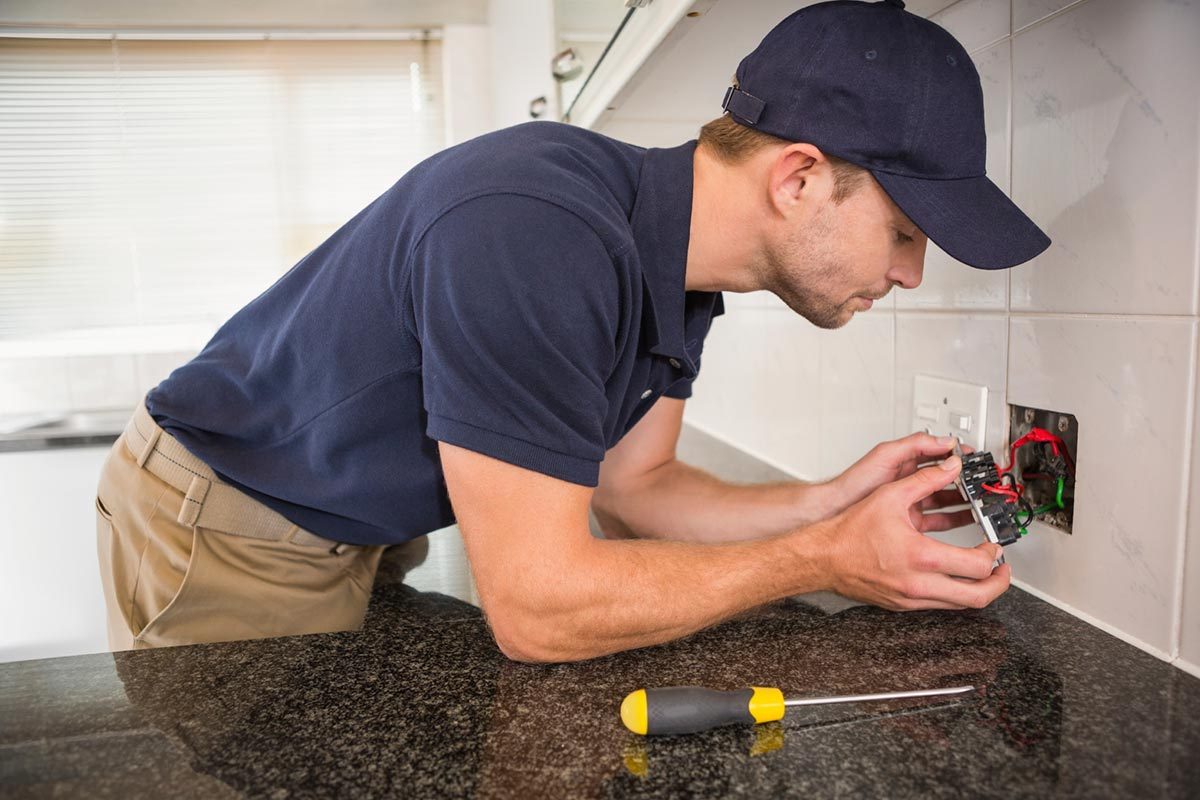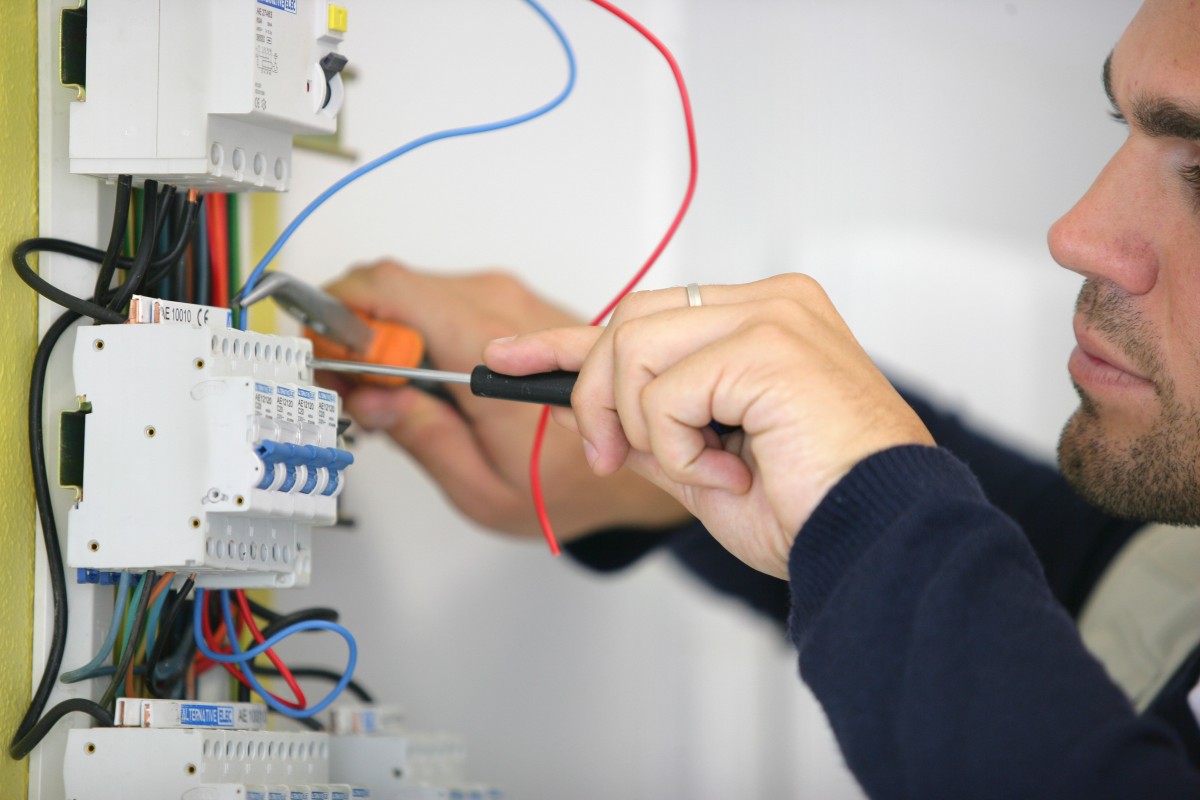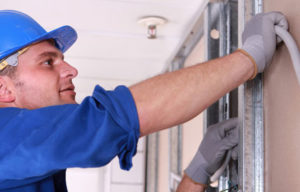
Home Inspection Tips for Home Repairs
Common problems arise on home inspections when people are selling and buying homes. Here are some tips from a home inspector. Home inspections are very important and can help people figure out exactly what types of repairs and replacements will be needed in the home. For Arizona based readers a licensed home inspector in Phoenix like Whole Home Inspections LLC would be a great start.
How to Repair Drywall after Electrical or other Repairs
Home renovation can be quite difficult depending upon the amount of work, as well damage in which was involved. Damage to walls in the home can come from many different things. Having new window replacements installed can mean cutting into your drywall as well as many plumbing and electrical repairs require cutting into walls and ceilings. To the happy homeowner, having to repair drywall in the home can sometimes be quite emotional simply because that’s your home, your safe and comfort zones; your home is truly a part of who you are as a person and when any type of element within your happy and beautiful home needs a repair, so many of the times it can feel as though your spirit is in need of a repair. Your home is such a divine reflection of who you are and today, we are going to be going over how to repair drywall within the home.
Becoming Prepared for The Repairing Process
Let’s all be completely honest here. When you’re a homeowner and you are faced with a damage, leak, or whatever the situation may be, the initial instinct is to jump right onto whatever is damaged and immediately fix it, which is all great but you need to take into consideration how important properly fixing a damage inside your house can resonate, whether it be drywall or a water leak. A lot of husbands are the world’s worst for this next example. When something goes wrong inside the home, whether they know how to fix the situation or not, the first thing they tend to do is jump right onto the problem, hitting, tearing, patching and so forth in a total and complete frenzy because, well isn’t that what a husband and or the man of the house supposed to do; fix the damages? It’s perfectly fine to admit that you’re not skilled at repairing drywall and sometimes, a person may need to call in for extra help; absolutely normal! If you happen to be quite skilled in natural handyman work around the home and you realize that your drywall does actually need a repairing, there are twenty steps that I am going to provide out to you in regards of sufficiently and properly repairing your drywall.
- Clean hole with blade knife. Cut at a slant so the external portion of the hole is larger than the inside.
- Seal the hole with painter’s putty and make it equal with the wall exterior.
- Let it dry and once dry, frivolously sand the zone until even.
- Spackle over the putty and keep in mind that you may want to repeat this phase.
- For average holes, use a drywall metal cover.
- Sand the exterior smoothly round the hole.
- Rub off dust.
- Peel paper backing off the covering and determinedly press the covering in place with net facing external.
- Spread drywall composite over the covering, feathering out the ends. Smooth out and remain to let dry.
- Moderately sand surface till level with the wall and make sure you repeat step 9 and 10 till the covering will no longer be perceived.
- Greater holes need coverings that are generated of drywall. Make sure it’s the comparable width as the drywall which is already existing.
- Cut a rectangular element of drywall that is somewhat greater than the hole. Slash one side with a razorblade knife and snap it separately. Cut the back of your break line.
- Draw a sketch of the covering round the hole by using a pencil or pen.
- You will then need to check for electrical strings and sanitation lines where you plot the cut.
- Use a drywall saw in regards of cutting out the drawn range.
- Screw in double wooden panels behind the drywall, one at the top and one at the lowest of the hole; as this will keep the covering from deteriorating.
- Bolt the drywall covering toward the wooden panels.
- Spread drywall composite and then add net.
- You will then need to sand the part and repeat phases 18 and 19 till the covering is untraceable.
- Paint over when it’s parched.



